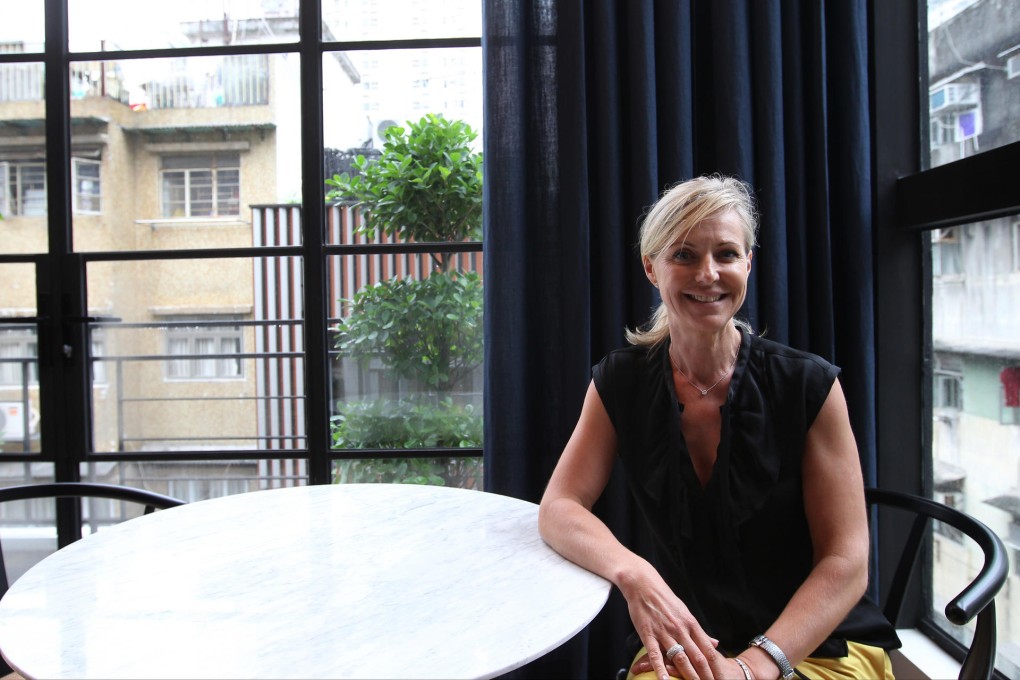How Upper Station Street in Sheung Wan became a dining destination
"It's not the first place you'd come to as a tourist," says Helen Lindman, who opened the first restaurant. "Someone needs to tell you about it. It's a bit of a gem." Welcome to Upper Station Street in Hong Kong Island's Western district.

For years Upper Station Street, just up the hill from Hollywood Road in Sheung Wan, was an ordinary residential street. There were few cars, little foot traffic and the only food business was an eons-old Chinese sausage factory. But much has changed in the past four years.
Helen Lindman co-owns and co-designed popular corner cafe Nosh at number 11 with her husband Arne. Renowned for its weekend brunches when stools outside catch the sun, the cafe bustles on weekdays as well, thanks to its quality coffee and delicate pastries.
"It's not the first place you'd come to as a tourist," she says. "Someone needs to tell you about it. It's a bit of a gem."
Lindman dreamed of finding a block to renovate in the area and started with 55 Tung Street. "In 2008, that street was completely sleepy. There was one gallery, Sin Sin on Sai Street. Otherwise it was just car repair shops and some fruit stalls."

She started on 11 Upper Station Street next. The couple weren't planning on designing Nosh themselves, but ended up doing just that. Since Nosh opened just over a year ago, others have moved in nearby: Secret Ingredient, Upper Modern Bistro with its Michelin star, and Little Burro, as well as brand new neighbours Mitte, Crafty Cow and DayDayCook.
